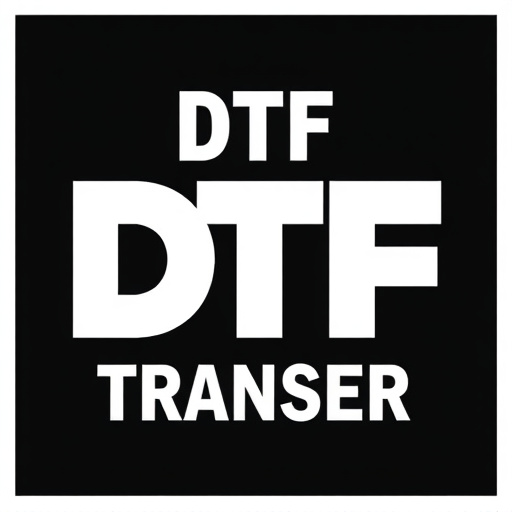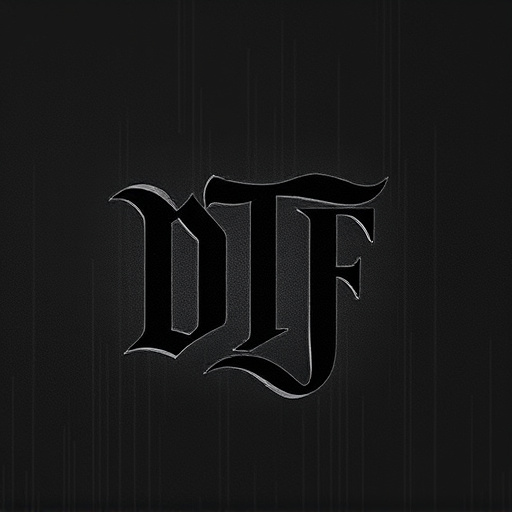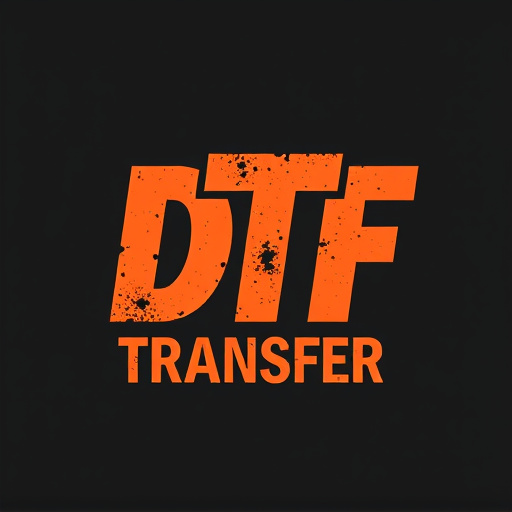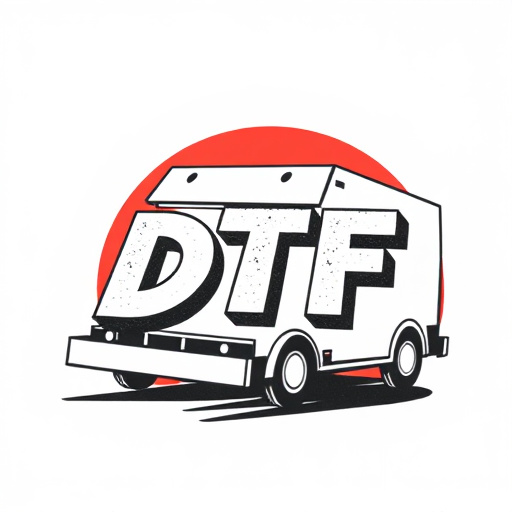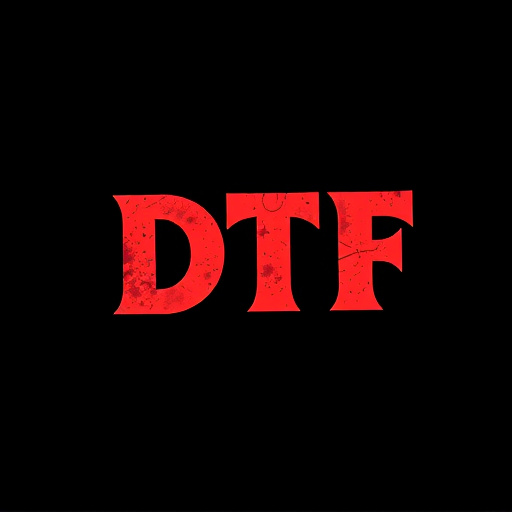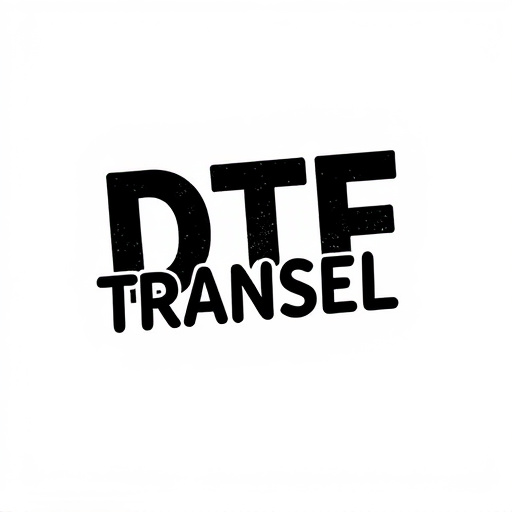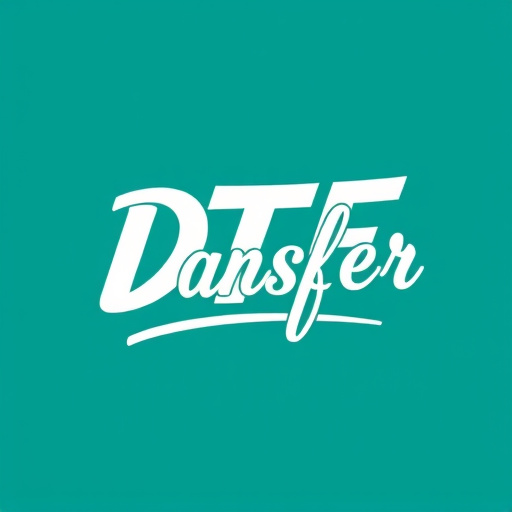Direct-to-Film (DTF) transfer technology has revolutionized printing by offering high-quality images and streamlined production. When choosing a provider, consider their experience, material options, and printing capabilities to ensure top-tier DTF prints. Today's providers offer fast turnaround times, vibrant colors, and versatility across materials, catering to both individual custom printing needs and large business production runs. Evaluating key metrics like detail retention, color accuracy, and consistency is crucial for selecting the best DTF solution. Pricing varies based on design complexity, print size, and material, with flat rates or tiered models available. Real-world applications in various industries demonstrate DTF's versatility and excellence, enhancing product quality, streamlining workflows, and unlocking creative possibilities.
“In today’s visual landscape, Direct-to-Film (DTF) transfer technology has emerged as a game-changer for printing. This article delves into the intricate world of DTF transfers, offering a comprehensive guide for businesses and enthusiasts alike. We explore key aspects like understanding DTF’s potential, evaluating providers, assessing printing quality, and managing costs. By analyzing top market players through case studies, we equip readers with insights to make informed decisions regarding this innovative DTF printing process, ensuring optimal results.”
- Understanding Direct-to-Film (DTF) Transfer: A Comprehensive Overview
- Key Factors to Consider When Choosing a DTF Transfer Provider
- Top DTF Transfer Providers in the Market: An Analysis
- Evaluating DTF Printing Quality and Consistency
- Cost Comparison: Exploring Pricing Structures for DTF Prints
- Case Studies: Successful DTF Transfers in Action
Understanding Direct-to-Film (DTF) Transfer: A Comprehensive Overview
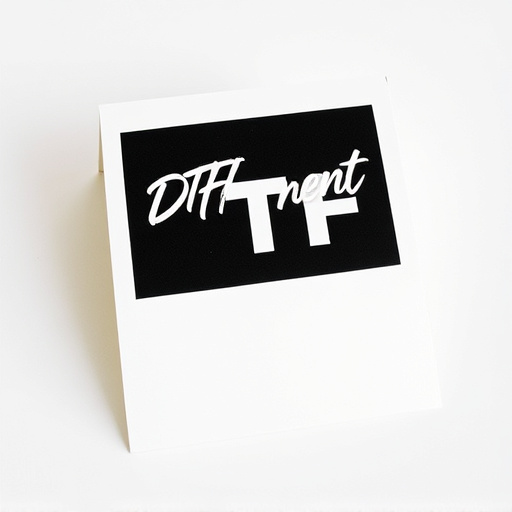
Direct-to-Film (DTF) Transfer is a cutting-edge printing technology that has revolutionized the way we create and reproduce high-quality images, particularly in the realm of photo printing and graphic design. This innovative process involves transferring digital data directly onto a light-sensitive film, which can then be used to generate precise prints without the need for intermediate plates or screens. DTF offers unparalleled accuracy and detail, making it a game-changer for professionals and enthusiasts alike who seek top-tier print quality.
DTF Printing is not just about achieving impeccable visual fidelity; it’s also about streamlining production workflows. By eliminating traditional plate-making steps, DTF significantly reduces setup times and costs, allowing for faster turnaround and more flexible printing capabilities. Moreover, the ability to create custom prints on-demand opens up a world of possibilities for personalized merchandise, promotional materials, and fine art reproductions, ensuring that each print is unique and tailored to the customer’s specifications.
Key Factors to Consider When Choosing a DTF Transfer Provider

When selecting a direct-to-film (DTF) transfer provider, several key factors come into play to ensure you receive high-quality prints and an optimal experience. Firstly, consider the provider’s expertise and experience in DTF printing. Look for companies with a proven track record and a deep understanding of the process, as this ensures consistent results and allows them to handle complex designs or custom requirements effectively.
Secondly, the range of materials they offer is crucial. Different DTF transfer products cater to specific substrates, such as plastic, metal, glass, or fabric. Ensure the provider offers a diverse selection to match your intended use cases. Additionally, checking their printing capabilities, including resolution, color accuracy, and the ability to handle bulk orders (if needed), will help you make an informed decision regarding the best DTF transfer solution for your needs.
Top DTF Transfer Providers in the Market: An Analysis
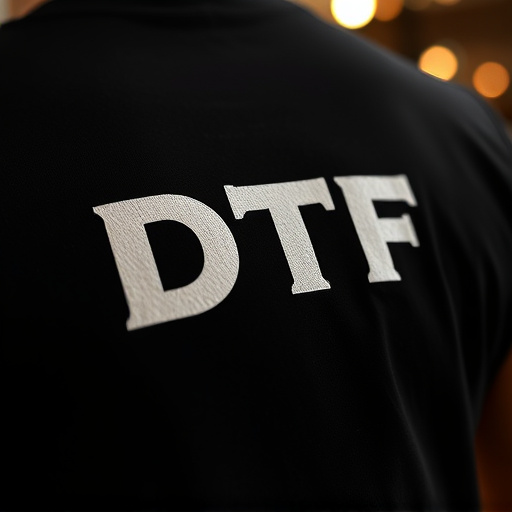
In today’s digital age, Direct-to-Film (DTF) transfer technology has revolutionized the way we reproduce and print images. This cutting-edge method allows for precise, high-quality transfers directly onto various surfaces, from textiles to ceramics. When it comes to evaluating DTF Transfer providers, several stand out as industry leaders thanks to their innovative features, consistent quality, and user-friendly solutions.
Among the top contenders in the market are providers known for their advanced DTF Printing technologies. These companies offer a range of benefits, including fast turnaround times, vibrant color accuracy, and versatility in handling different types of materials. Their products cater to diverse needs, from small-batch custom printing for individuals to large-scale production runs for businesses, ensuring that each print retains its indelible beauty and durability.
Evaluating DTF Printing Quality and Consistency
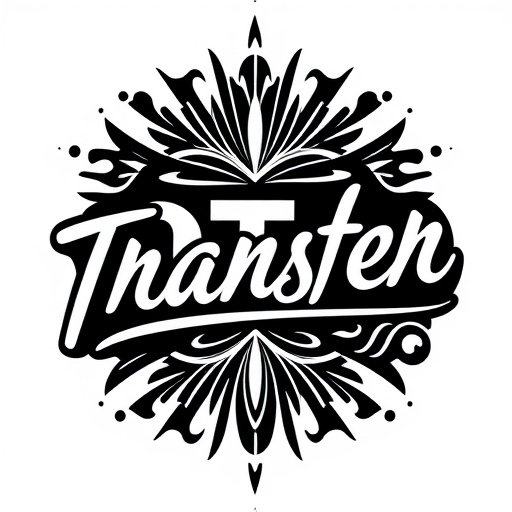
Evaluating the quality and consistency of direct-to-film (DTF) transfers is paramount when choosing a provider or product. The primary metric to assess is the precision with which designs translate onto the final prints. This involves scrutinizing detail retention, color accuracy, and overall image clarity. High-quality DTF transfers should reproduce intricate patterns and fine lines without blur or distortion, ensuring that the final prints look as intended, whether for textile, sign, or other applications.
Consistency is equally vital to guarantee uniform results across multiple prints. This means each DTF transfer should produce prints that are virtually identical in terms of color vibrancy, image positioning, and overall composition. Consistency ensures that what you see on screen accurately reflects the final product, minimizing surprises and maximizing customer satisfaction. Providers that offer detailed color profiles and print samples allow for informed comparisons, helping to identify the most reliable DTF transfer solutions for your specific needs.
Cost Comparison: Exploring Pricing Structures for DTF Prints

The cost of direct-to-film (DTF) transfers can vary greatly depending on several factors, including the complexity of the design, print size, and chosen material. To ensure an informed decision, it’s crucial to understand the pricing structures offered by different providers. Some companies charge a flat rate per print, making it easy to budget for smaller orders or one-off projects. Others may use a tiered system, where prices increase based on the number of prints or square footage, catering better to larger-scale productions. Additionally, material choices can significantly impact costs; specialty inks or films designed for enhanced durability or vibrant colors often come at a premium.
When comparing DTF transfer providers, it’s essential to ask for detailed quotes that outline these cost components. This transparency allows users to assess whether the provider offers competitive pricing aligned with their project scope and quality expectations. Moreover, considering long-term costs—including potential material and labor expenses—can help users make more sustainable choices, especially for ongoing or recurring print needs.
Case Studies: Successful DTF Transfers in Action

Direct-to-film (DTF) transfers have proven their mettle in various real-world applications, delivering exceptional results across different industries. Case studies showcasing successful DTF transfers offer valuable insights into the capabilities and advantages of this technology. For instance, many screen printing businesses have adopted DTF printing, enabling them to produce high-quality, intricate designs on a variety of materials, from t-shirts to promotional items. These businesses report increased efficiency, reduced set-up times, and improved overall productivity due to the precision and speed of DTF transfers.
Moreover, DTF transfers have found their place in the manufacturing sector, where they are utilized for applying complex patterns on various surfaces, ensuring consistency and accuracy. In the world of textiles, DTF printing has revolutionized custom apparel production, allowing designers to create unique, personalized pieces with intricate details that were once time-consuming to achieve. Successful case studies highlight how DTF transfers can enhance product quality, streamline workflows, and unlock new creative possibilities for businesses across sectors.







